-
main-collection-product-grid
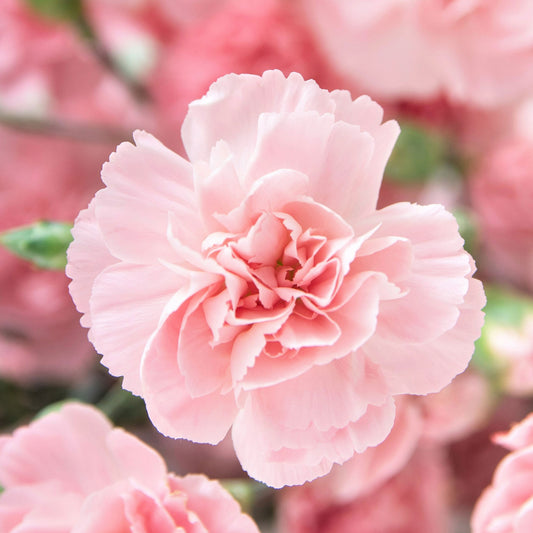
Carnation Seeds - La France
A blush-colored heirloom with the sweetest fragrance, perfect for your ValentineCarnation Seeds - La France
A blush-colored heirloom with the sweetest fragrance, perfect for your ValentineRegular price As Low As $5.99Regular priceUnit price per -
main-collection-product-grid
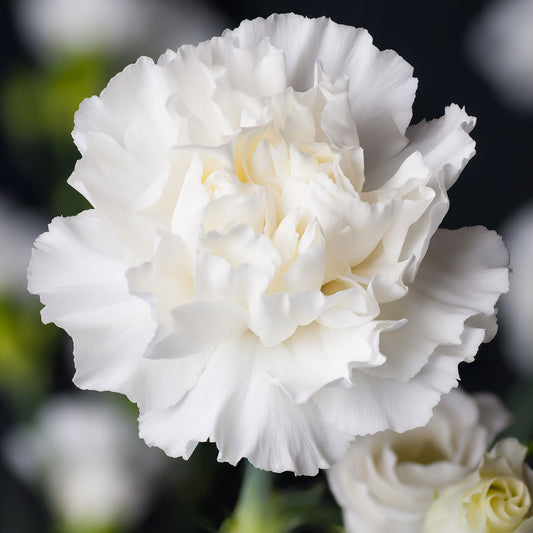
Carnation Seeds - Jeanne Dionis
White as snow and as breathtaking as the first frosty morningCarnation Seeds - Jeanne Dionis
White as snow and as breathtaking as the first frosty morningRegular price As Low As $5.99Regular priceUnit price per -
main-collection-product-grid
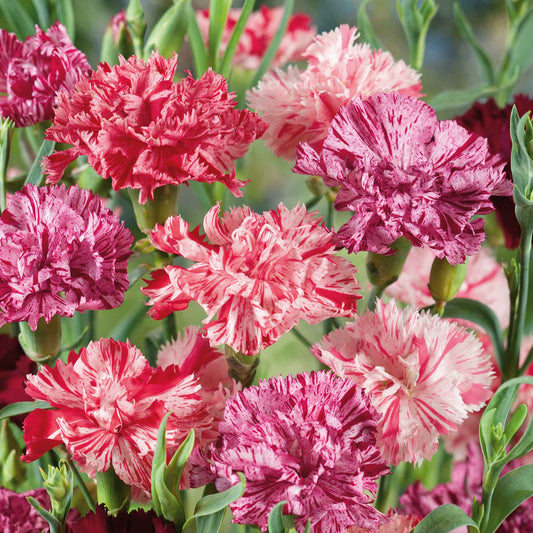
Carnation Seeds - Picotee Mix
Speckled blooms that belong in an old-fashioned candy storeCarnation Seeds - Picotee Mix
Speckled blooms that belong in an old-fashioned candy storeRegular price As Low As $5.99Regular priceUnit price per -
main-collection-product-grid
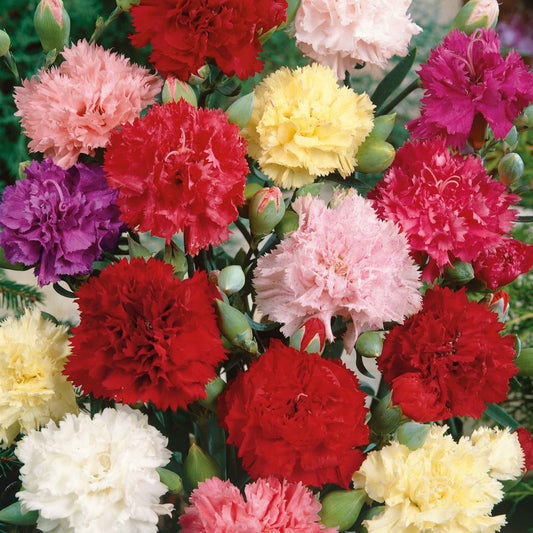
Carnation Seeds - Chabaud Mix
This rainbow mix of ruffled flowers have a clove-like scent are actually edibleCarnation Seeds - Chabaud Mix
This rainbow mix of ruffled flowers have a clove-like scent are actually edibleRegular price As Low As $5.99Regular priceUnit price per -
main-collection-product-grid
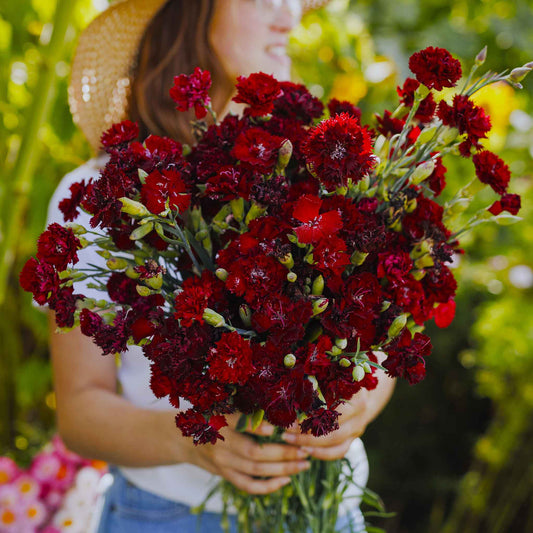
Carnation Seeds - Grenadin King of Blacks
These wine-colored blooms are the darkest of all carnationsCarnation Seeds - Grenadin King of Blacks
These wine-colored blooms are the darkest of all carnationsRegular price As Low As $5.99Regular priceUnit price per -
main-collection-product-grid
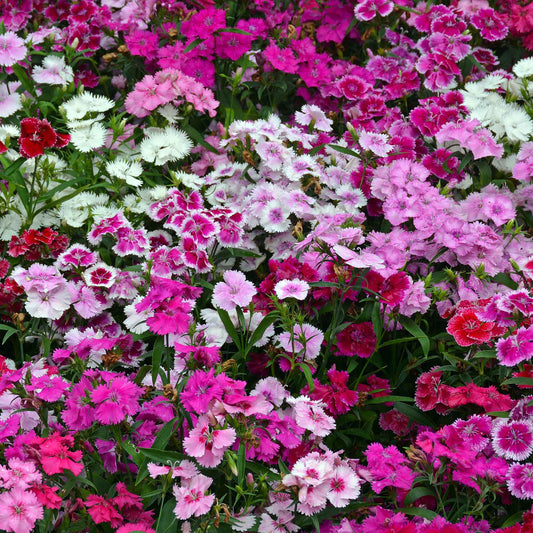
Sweet William Seeds - Indian Carpet Dwarf Single Mix
Short-stemmed, bicolor blooms make a gorgeous groundcoverSweet William Seeds - Indian Carpet Dwarf Single Mix
Short-stemmed, bicolor blooms make a gorgeous groundcoverRegular price As Low As $4.99Regular priceUnit price per -
main-collection-product-grid
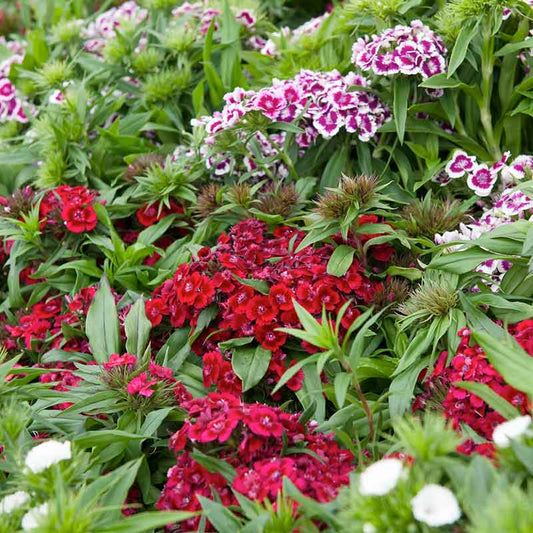
Sweet William Seeds - Tall Single Mix
Simple beauty and enchanting fragrance describe these classic bloomsSweet William Seeds - Tall Single Mix
Simple beauty and enchanting fragrance describe these classic bloomsRegular price As Low As $4.99Regular priceUnit price per -
main-collection-product-grid
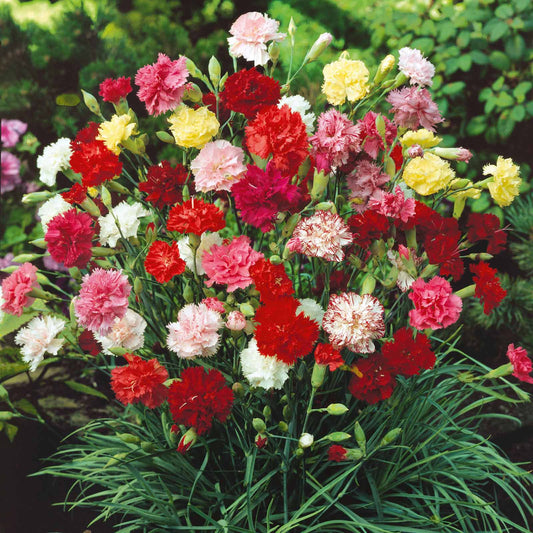
Carnation Seeds - Grenadin Double Mix
Perfect for an edible flower garden, these fully flowered blooms open in pairsCarnation Seeds - Grenadin Double Mix
Perfect for an edible flower garden, these fully flowered blooms open in pairsRegular price As Low As $5.49Regular priceUnit price per -
main-collection-product-grid
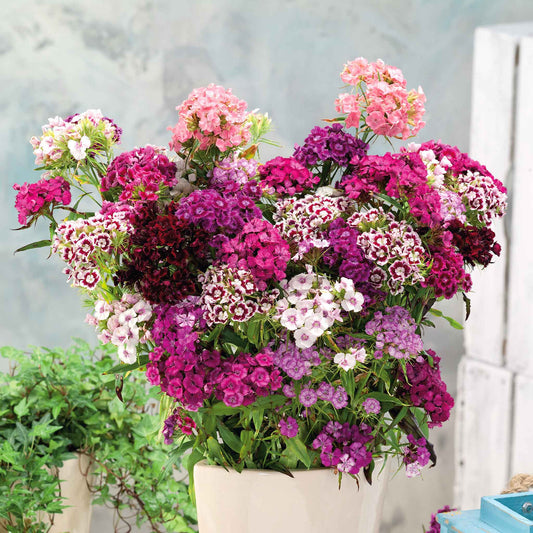
Sweet William Seeds - Tall Double Mix
Double the blooms and twice as tallSweet William Seeds - Tall Double Mix
Double the blooms and twice as tallRegular price As Low As $4.99Regular priceUnit price per -
main-collection-product-grid
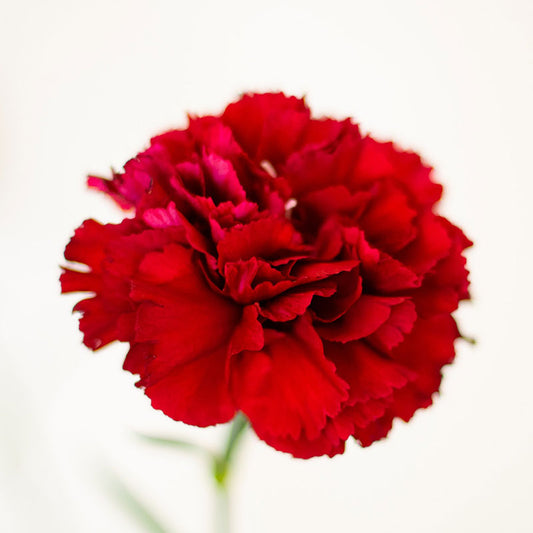
Carnation Seeds - Etincellant
This vermillion carnation defines romance and belongs on a lapelCarnation Seeds - Etincellant
This vermillion carnation defines romance and belongs on a lapelRegular price As Low As $5.99Regular priceUnit price per -
main-collection-product-grid
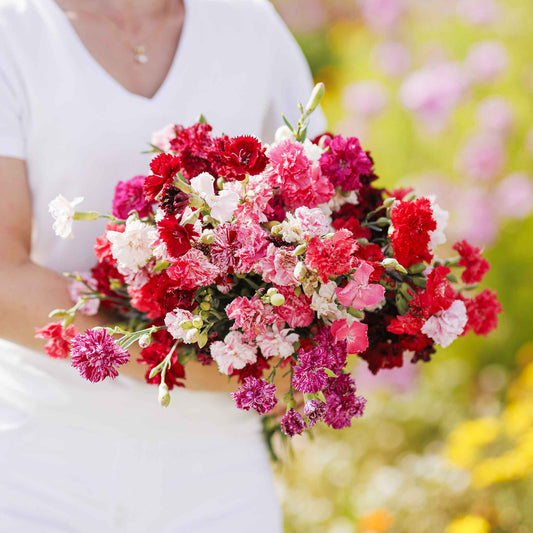
Carnation Seeds - Enfant de Nice Mix
A heirloom mix of fragrant blooms is a garden mainstayCarnation Seeds - Enfant de Nice Mix
A heirloom mix of fragrant blooms is a garden mainstayRegular price As Low As $5.99Regular priceUnit price per -
main-collection-product-grid
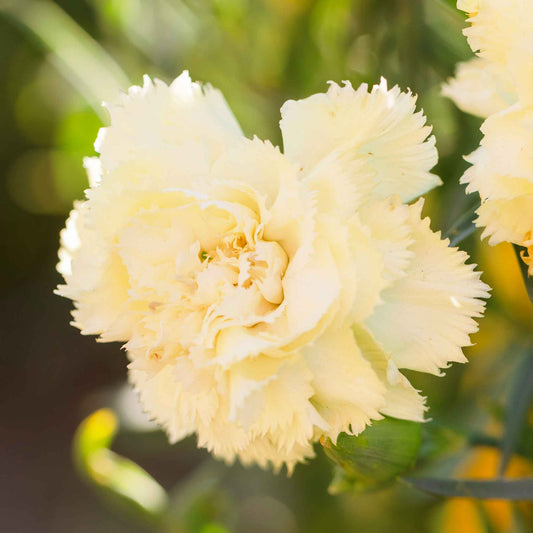
Carnation Seeds - Marie Chabaud
Small lemon-yellow blooms are the first to flower in springCarnation Seeds - Marie Chabaud
Small lemon-yellow blooms are the first to flower in springRegular price As Low As $5.99Regular priceUnit price per -
main-collection-product-grid
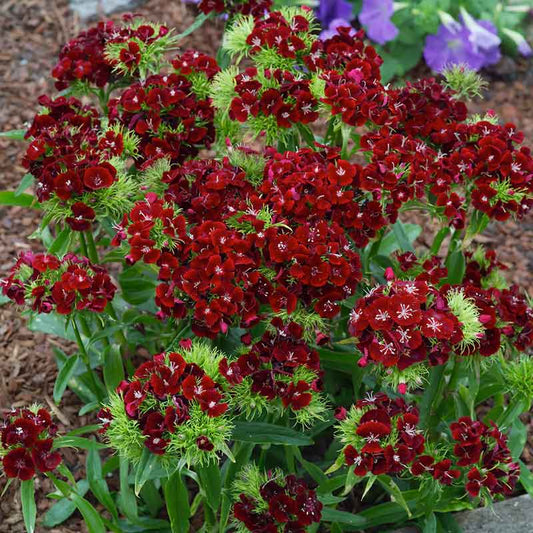
Sweet William Seeds - Dunetti
This crimson heirloom biennial is a coveted cut flowerSweet William Seeds - Dunetti
This crimson heirloom biennial is a coveted cut flowerRegular price As Low As $4.99Regular priceUnit price per -
main-collection-product-grid
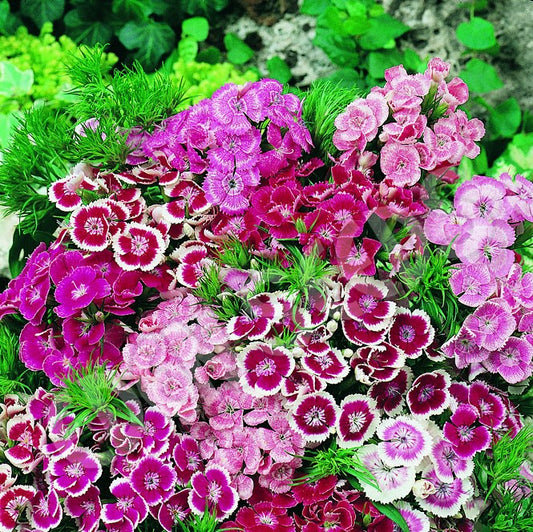
Sweet William Seeds - Dwarf Wee Willie Mix
Compact, classic dianthus for the container gardenSweet William Seeds - Dwarf Wee Willie Mix
Compact, classic dianthus for the container gardenRegular price As Low As $4.99Regular priceUnit price per -
main-collection-product-grid
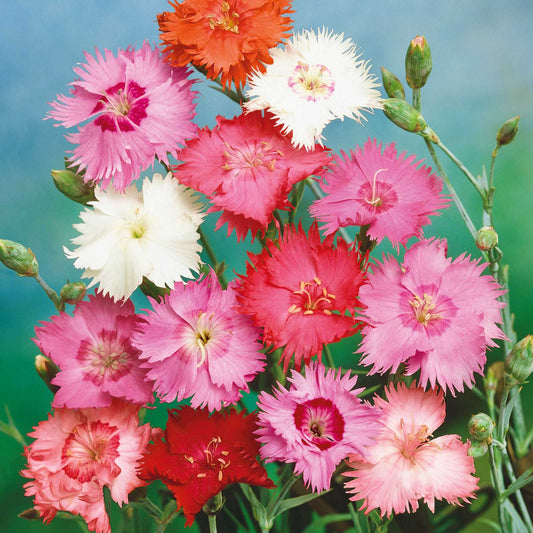
Cottage Pink Seeds - Spring Beauty
Cool weather perennialCottage Pink Seeds - Spring Beauty
Cool weather perennialRegular price As Low As $5.49Regular priceUnit price per -
main-collection-product-grid
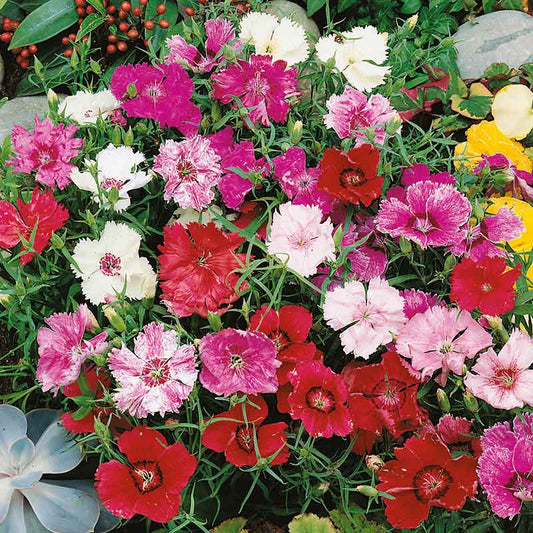
Chinese Pinks Seeds - Babydoll Mix
Heirloom dianthus that thrives in the shade gardenChinese Pinks Seeds - Babydoll Mix
Heirloom dianthus that thrives in the shade gardenRegular price As Low As $4.99Regular priceUnit price per
Growing dianthus in your garden
- 20 dianthus seed varieties
- Easy to grow with beautiful results
- Comes in a variety of colors and blooms
- Prefers full sun exposure
A few facts about dianthus
Like so many flowers, the name dianthus has roots in the Greek language. From the Greek words dios "of Zeus" and anthos "flower," the dianthus has quite a reputation to live up to. Rumor is that the color pink may be named after the flower, coming from the perforated edges of the blooms. Pinking dates back to the 14th century when it was used as as a verb to describe decorating with a punched or perforated pattern. Looking at the edges of a dianthus, it is easy to see the connection. It does look at though nature decided to take pinking shears to this particular species.
Is dianthus and carnation the same flower?
Many species of dianthus have a wonderfully fragrant aroma that only enhances their beauty. Most are native to Europe and Asia, with a few being indigenous to North Africa. There is even one alpine species that is native to the arctic regions of North America. Sweet William and carnations are well known dianthus flowers and have long been a favorite way to fill cottage gardens and rockeries. Carnations, in particular, have been made exceptionally popular for their frequent and widespread use in cut flower arrangements for Valentine's Day, birthdays, and many other special occasions.
Most dianthus are perennials, though there are some that are annual or biennial. The flowers are most frequently pink in color with the frilled, pinked edges that gave them their name. The planting instructions for the different varieties can vary, so be sure to check directions on each planting guide. That said, almost all varieties like a full sun location (at least six hours of sun a day). Another important thing to consider when planting dianthus is adequate air circulation.
Optimal Soil Conditions for Dianthus
Soil should be rich and well-draining. Consider adding two to four inches of compost to help keep the soil nutrient rich. Seeds are best started indoors up to eight weeks before you are ready to transplant outdoors. For protection in the cold winter months, it's good practice to add a four-inch layer of mulch after the first hard frost, removing it in the spring once new growth begins.
For more information about growing, planting, and caring for dianthus, see the Dianthus Seeds Planting Guide.















